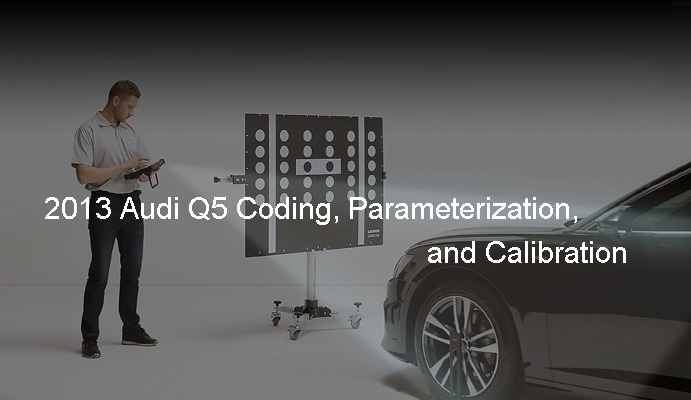PIN code reader is also called PIN pad or PIN input device. It is a device used to enter a personal identification number (PIN) for authentication and access control purposes. PIN code, also called personal identification code, is a digital password used to verify and verify personal identity. It is a personal password that provides access to a specific system, device or account. The main purpose of a PIN code is to enhance security by requiring users to provide personal, non-public information that only they should know. PINs are widely used in various environments such as banks, electronic devices, security systems, and online services.
PIN code reader's working principle is to capture and process user-supplied input and verify it against a stored or predefined PIN code. Here's a general overview of how a PIN code reader works:
User input: The user enters the PIN code using the keyboard or the input interface of the PIN code reader. The PIN code is usually a series of numbers, and the user enters each number one by one.
Keyboard interaction: The keyboard or input interface of the PIN code reader will record the user's input when the user presses the corresponding button. Every time the button is pressed a signal is sent or an event is emitted which is handled by the PIN reader.
Data transmission: The PIN code reader transmits the entered PIN code data to the target device or system for verification. This can be done via a wired connection such as USB or RS-232) or wirelessly using protocols such as Bluetooth or NFC.
Authentication process: The target device or system that receives the PIN code data performs an authentication process. It compares the entered PIN to a stored or predefined PIN associated with the user or account.
Authentication result: The target device or system determines the authenticity of the entered PIN. If the entered PIN matches a stored or predefined PIN, the user is granted access or authorization. If the PIN codes do not match, access will be denied.
Feedback and response: The PIN code reader and/or target device provides feedback or response to the user regarding the outcome of the authentication. This can be in the form of a visual indicator, such as an LED light, or an audible signal that the correct PIN code was entered.
Security measures: PIN code readers often employ security measures to prevent unauthorized access or PIN theft. For example, they can employ techniques such as encryption or tamper detection to ensure the integrity and confidentiality of PIN data.
It's important to note that exactly how a PIN code reader works may vary depending on the device or system it's integrated into. The above process provides a general understanding of how PIN code readers work in the context of authentication and access control.
In the automotive field, PIN code readers are used in various fields, including:
① Vehicle anti-theft system: PIN code reader is usually used as a part of vehicle anti-theft system. The reader is integrated into the vehicle's anti-theft system and requires the correct PIN code to start the engine, which helps prevent unauthorized individuals from starting or operating the vehicle.
② Keyless entry system: Some vehicles are equipped with a keyless entry system using a PIN code reader. Users can enter a specific PIN code on the card reader to unlock the doors or enter the vehicle without using a physical key. This provides convenience and flexibility for vehicle entry and exit.
③ Personalized vehicle settings: High-end vehicles may be equipped with PIN code readers to enable personalized vehicle settings for different drivers. Each driver can have their own PIN code, which can be entered to adjust settings such as seat position, mirror position, climate control preferences and audio presets to their liking.
④ Service and maintenance access: A service technician or mechanic can use the PIN code reader to access diagnostic and maintenance functions in the vehicle. The PIN code allows authorized personnel to access the vehicle's on-board computer system, enabling them to perform diagnostics, software updates or repairs.
These are a few examples of the application of PIN code readers in the automotive field. Their applications primarily focus on enhancing security, providing easy access, personalization and tracking, and enabling various control and management functions within the vehicle.
The IMMO G3 is a highly advanced auto key immobilizer programmer and scanner designed specifically for professional use. It offers a comprehensive range of features, including the ability to read and write car key chip data, perform EEPROM reading and writing, read and write on-board MCU data, generate special keys for Mercedes-Benz infrared keys, read BMW engine INS codes, and read and write BMW CAS4+/FEM chips. With its flexible functionality, reliable performance, and user-friendly operation, the iSmartIMMO G3 immobilizer programming tool is an ideal choice for auto repair centers and locksmiths seeking a powerful and efficient solution.
Return


